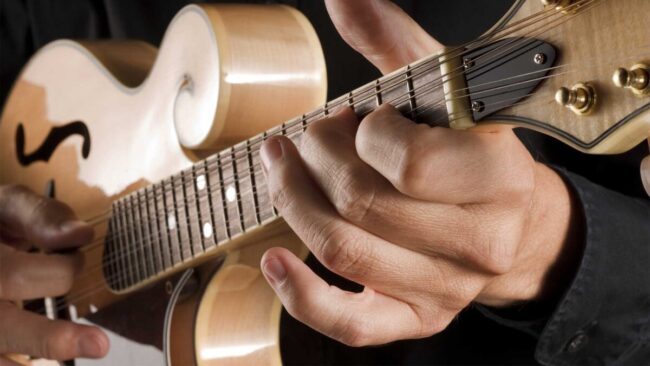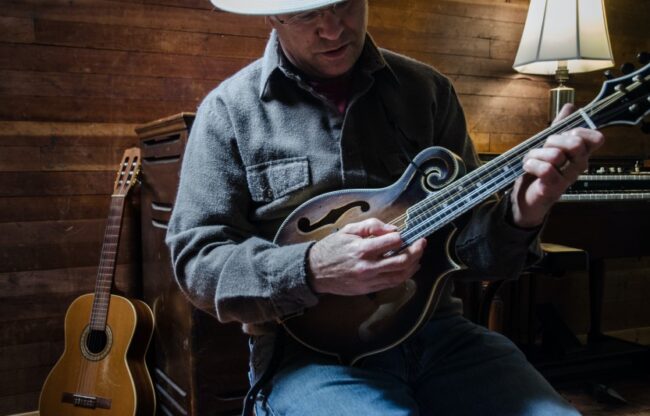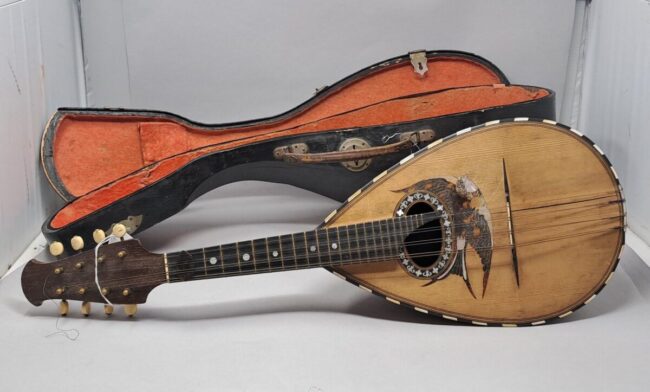The mandolin, with its distinctive sound and unique design, has captured the hearts of musicians and listeners alike for centuries. This stringed instrument, with origins tracing back to the lute family, has found its place in various musical genres, from classical and folk to bluegrass and rock. The reasons for the mandolin’s widespread love are as diverse as the instrument itself, encompassing its rich history, its versatile sound, its cultural significance, and its accessible nature.
A Rich Historical Legacy

The mandolin’s journey through history is a testament to its enduring appeal. Originating in Italy during the 17th and 18th centuries, the mandolin evolved from earlier stringed instruments like the mandore and lute. It quickly gained popularity across Europe, particularly in Italy, where it became a staple in both classical and folk music. The Neapolitan mandolin, with its bowl-shaped back and eight strings, became the standard form and influenced the design of modern mandolins.
This historical depth adds a layer of fascination for mandolin enthusiasts. Playing the mandolin connects musicians to a rich tradition, evoking images of ancient courts and bustling Italian streets. This sense of historical continuity is a compelling reason why it is cherished by so many.
Versatile and Distinctive Sound
One of the most captivating aspects of the mandolin is its unique sound. The instrument’s bright, ringing tones stand out in any musical ensemble. Its double strings, typically tuned in pairs, create a resonant and harmonious sound that is both lively and melodious. This distinctive timbre allows it to shine in a variety of musical contexts.
In classical music, composers like Antonio Vivaldi and Ludwig van Beethoven wrote specifically for the mandolin, appreciating its unique voice. In folk and bluegrass, the mandolin’s rapid, percussive strumming and intricate picking add energy and complexity to the music. Its ability to blend seamlessly with other instruments while still maintaining its distinct character makes it invaluable in many musical genres.
Cultural Significance

The mandolin holds a special place in many cultures around the world. In Italy, it is a symbol of traditional music, often associated with romantic serenades and lively tarantellas. In the United States, it became a cornerstone of bluegrass music, thanks to virtuosos like Bill Monroe, who elevated the instrument to new heights. Monroe’s innovative playing style and compositions cemented the mandolin’s role in the bluegrass genre, inspiring generations of musicians.
Cultural impact extends to other regions as well. In Ireland, the instrument complements traditional Celtic music, adding a bright counterpoint to the fiddle and tin whistle. The mandolin’s adaptability to different cultural contexts is a testament to its versatility and universal appeal, making it a beloved instrument worldwide.
Accessibility and Community
Another reason for its popularity is its accessibility. Unlike some instruments that require significant physical strength or complex techniques, the mandolin’s relatively small size and straightforward playing method make it approachable for beginners. Its fretboard layout, similar to that of the violin, allows for relatively quick learning of basic chords and melodies.
Additionally, the community is known for its inclusiveness and supportiveness. Mandolin players often gather at festivals, workshops, and jam sessions, creating a sense of camaraderie and shared passion. Online communities and resources further enhance this, offering tutorials, sheet music, and forums for enthusiasts to connect and learn from each other. This sense of belonging and mutual support is a significant factor in the enduring appeal.
A Gateway to Musical Exploration
The mandolin’s versatility and relatively gentle learning curve make it an excellent gateway instrument for those looking to explore different musical styles. Its presence in various genres allows players to experiment with bluegrass, folk, classical, and even jazz and rock. This exploratory potential keeps the mandolin exciting for musicians of all levels, from novices to seasoned professionals.
The Joy of Learning and Collaboration

The joy of learning and playing extends beyond the instrument itself, opening doors to a broader appreciation of music and fostering a lifelong love for musical exploration. As players delve into different genres, they often develop a deeper understanding of musical theory and composition.
This broadened perspective can inspire creativity and innovation, encouraging musicians to experiment with new techniques and styles. The process of mastering this instrument can also build confidence and provide a sense of accomplishment, enriching one’s overall musical journey.
Additionally, the mandolin’s adaptability makes it an excellent tool for collaboration. Its ability to complement a wide range of other instruments means that it can be seamlessly integrated into various musical ensembles.
Whether in a bluegrass band, a classical quartet, or a folk group, it often acts as a bridge, harmonizing diverse sounds and enhancing the overall musical experience. This collaborative potential not only enriches the music but also fosters teamwork and communication among musicians, creating a more cohesive and dynamic performance.
Educational Value and Global Appeal
The mandolin’s relatively simple structure and playability make it a practical choice for educational settings. Music teachers often incorporate it into their curricula to introduce students to stringed instruments, providing a foundation that can be applied to learning other, more complex instruments in the future. The ease of learning basic chords and melodies makes it suitable for young learners and beginners, offering a rewarding and motivating introduction to the world of music.
Moreover, its global appeal has led to its integration into various cultural and educational programs around the world. In countries like Italy and the United States, it is often featured in music education programs, cultural festivals, and community events. This widespread inclusion helps preserve and promote traditional music while also encouraging new generations to appreciate and engage with their musical heritage.
Conclusion

In summary, the enduring love can be attributed to its rich historical legacy, distinctive and versatile sound, cultural significance, accessibility, and the strong sense of community among its players. Whether it’s the evocative melodies of a classical piece, the lively rhythms of bluegrass, or the harmonious strums of a folk song, the mandolin continues to enchant and inspire. Its unique charm and universal appeal ensure that it will remain a beloved instrument for generations to come.
